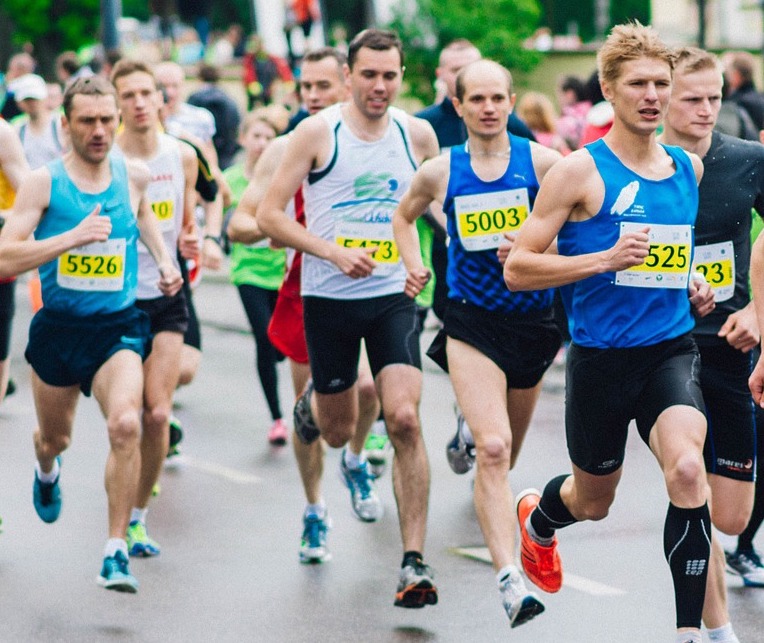 As a runner, I know how crucial it is to have good technique. Often, I see a lot of knee-related injuries which are typical for new runners or those who don’t have proper technique. Tibial strain (aka shin splints) are common as are runner’s knee.
As a runner, I know how crucial it is to have good technique. Often, I see a lot of knee-related injuries which are typical for new runners or those who don’t have proper technique. Tibial strain (aka shin splints) are common as are runner’s knee.
Did you know that all of those can be related to imbalances in alignment through the hips, lower spine and pelvis? Injuries also can be due to a combination of some relative weakness of the muscles that need to stabilize the hips and pelvis when impacting the ground.
You want to try to minimize the impact of hitting the ground. Doing that impact one time is not an issue; it becomes a problem with thousands of steps. The effect accumulates and creates that stress and strain to the body and the soft tissues that need to support the body.
Some Tips to Follow
Improve your technique
Most new runners can improve upon their technique. They often over-stride or their stride length is a little too far which causes them to come down somewhat heavy on the heel or be heel strikers. I refer to that as putting on the breaks. When you hit hard on your heel, the force goes into the ground at an angle that pushes you backward. That action also sends a lot of shock and stress up through the body to the knees and hips and the lower back.
Elevate your cadence
Most runners can improve their running efficiency by having a higher cadence or quicker leg turnover. Even if your stride length is shorter with your legs turning over faster, you can still move forward at a fairly good speed.
The basic accepted cadence is 90 or higher (one-foot strike). So if you double that you’re running at about 180-foot strikes per minute—which is quite high. As everyone is built differently, there’s not one perfect technique for all. The bottom line is you want to try to minimize the impact of stress.
Maintain a good range of motion
Whether they’re driving or working, many people sit for most of their day. That can cause weakness of the glutes and quads. It’s essential to strengthen mostly our glute muscles with our pelvic stabilizers and try to open up and get better range of motion through the hip flexors and hamstrings.
The greater the muscle balance and alignment symmetry the more resilient and resistant you are to injury. Getting adjusted allows your muscles to move most efficiently, so you are less prone to injury. The fact is the majority of people are out of balance.
A lot of sacroiliac, pelvic, spinal joint restrictions limitations to movement are seen at the practice. We tend to develop a lot of one side dominant positions. Take note of what you do through the day. You often will find you cross one leg over the other all the time. Or you lean in one direction, so those imbalances develop.
That’s why getting that proper correction and assessment done through chiropractic care can help to balance that out. Additionally, muscle tone activation improves as a result. If you favor one side over another, it limits the range of motion. Being balanced improves your efficiency as a runner.
Optimize Your Range of Motion
As getting adjusted is one of the best ways to maintain an optimal range of motion, contact us today book an appointment!

 Email Us
Email Us